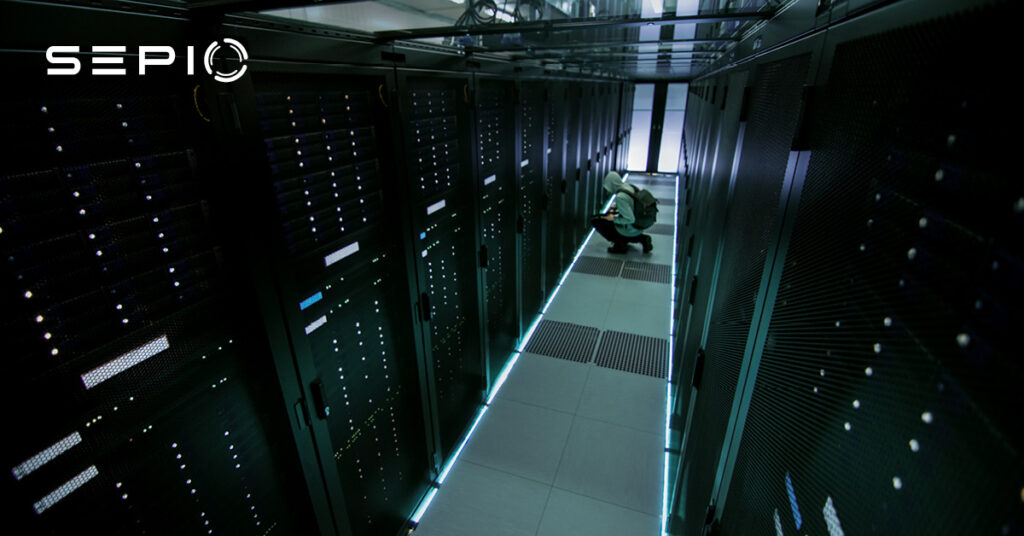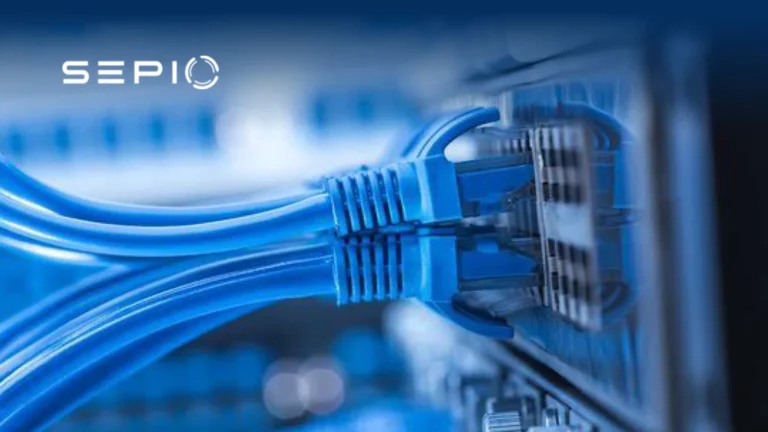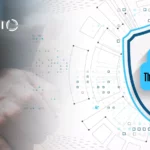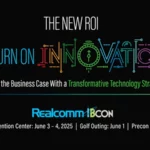What is Data Center Cyber Security?
Data center cybersecurity refers to the practices and technologies used to protect critical infrastructure where an organization’s IT operations and equipment are centralized. These facilities host essential computing and networking hardware, including servers, routers, switches, storage systems, security appliances, and application delivery controllers.
The primary purpose of a data center is to collect, store, process, distribute, and provide access to vast amounts of data. As repositories for sensitive and proprietary information, such as customer data and intellectual property, data centers play a vital role in modern business operations. Additionally, they facilitate the delivery of shared applications and services while securely storing data backups.
Why Data Centers Cybersecurity Matters?
Data Center Cybersecurity is essential because modern data centers have evolved into virtualized infrastructures and cloud-based solutions. Regardless of their configuration, these facilities are prime targets for cyberattacks due to their critical role in managing sensitive organizational data. Implementing robust data center cyber security measures is essential to protect against data breaches, ransomware, and unauthorized access, ensuring operational continuity.
Key Vulnerabilities in Data Centers Cyber Security
Data Center Cybersecurity vulnerabilities are critical to address, as data centers are integral to modern business operations but also prime targets for cyberattacks. To ensure comprehensive data center cyber security, organizations must address vulnerabilities across both physical and virtual infrastructures. Below are key areas of concern and strategies to mitigate risks.
Physical Security: Protecting On-Site Infrastructure
Despite the rise of virtualized infrastructure, physical data centers remain a significant part of many organizations’ operations. These facilities are particularly vulnerable to hardware-based attacks. For instance, rogue device attacks can occur when malicious devices, such as spoofed peripheral or bad USBs, are attached to computing or networking equipment. Implementing strict physical access controls and continuous monitoring can help prevent unauthorized devices from being introduced to the network.
Poor Authentication Practices
Weak authentication mechanisms are a major vulnerability in data center cyber security. Many applications still rely on single-factor, password-based authentication, leaving them susceptible to threats such as stolen credentials, brute force attacks, and password guessing. Rogue devices can both facilitate unauthorized access and act as tools for further attacks once access is gained. Organizations should implement multi-factor authentication (MFA) and monitor for suspicious activity to enhance authentication security.
Insider Threats: Managing Risks from Within
Employees pose one of the biggest threats to data center security, whether through negligence or malicious intent. Insiders with access to sensitive systems can exploit their privileges, and those utilizing rogue devices can execute advanced persistent threat (APT) attacks. To mitigate insider threats, organizations should enforce strict access controls, implement employee training programs, and conduct regular audits to detect unusual behavior.
Secure Implementation and Testing
Vulnerabilities in software design, coding errors, and incomplete testing can expose data centers to significant risks. Poor implementation of security protocols or infrastructure can make it easier for bad actors to carry out rogue device attacks. To ensure robust data center cyber security, organizations must prioritize secure software development practices, comprehensive testing, and regular security updates.
Virtualized Infrastructure: Securing Cloud Data Centers
Cloud-based data centers introduce new challenges for data center cyber security. Remote access increases the risk of unauthorized entry, particularly if employees use insecure devices like mobile phones or personal laptops. Rogue devices targeting these endpoints can compromise credentials, granting attackers access to sensitive data. Organizations should implement endpoint security measures, restrict access to trusted devices, and enforce strong credential management policies.
Emerging Threats in Data Centers Cyber Security
Understanding the most common types of cyber attacks is essential for strengthening data center cyber security. These attacks exploit vulnerabilities in communication, network systems, and physical components, leading to significant financial and operational damage.
Man-in-the-Middle (MiTM) Attacks
A man-in-the-middle (MiTM) attack targets data center communications by intercepting exchanges between two parties.
- Eavesdropping: Attackers secretly monitor sensitive communication to gather logon credentials.
- Session Hijacking: Perpetrators take control of legitimate sessions, granting unauthorized access to the data center.
To combat MiTM attack, organizations must implement advanced encryption methods and secure communication protocols.
Reconnaissance Activity
Like a MiTM attack, this activity usually precedes other attacks as the goal is to gain information about a system or network that will facilitate other cyberattacks. By learning about vulnerabilities, the perpetrator can identify the easiest way to conduct an alternative attack.
Distributed Denial of Service (DDoS) Attacks
A Distributed Denial of Service (DDoS) attack floods servers with excessive traffic, disrupting essential internet services.
- Bot Networks: Attackers compromise systems to create synchronized traffic surges.
- Service Outages: Legitimate users are unable to access network resources or critical information systems.
Preventing DDoS attacks requires implementing traffic filtering solutions and robust firewalls designed to handle excessive requests.
Data Breaches & Malware
Data breaches are a critical threat to data center cyber security, as they target the very core of data center operations.
- Malware Attacks: Ransomware encrypts data for ransom, while viruses and worms corrupt or destroy data.
- Vulnerability Exploitation: Weak protocols allow attackers to bypass defenses, leading to massive data losses.
Implementing advanced malware detection and regularly updating security protocols is essential for preventing data breaches.
Rogue Device Attacks
Rogue devices are malicious peripherals that exploit weaknesses in a data center’s physical and network infrastructure.
- USB HID Exploits: Manipulated USB devices mimic legitimate peripherals, bypassing detection by security tools.
- Physical Layer Attacks: Spoofed devices operate at Layer 1, evading NAC and IDS solutions, enabling stealthy attacks.
Studies show that malicious attacks cost 25% more to resolve than those caused by human or technical errors. Comprehensive data center cyber security measures, including asset monitoring and physical access controls, are crucial for mitigating these threats.
Sepio’s Role in Hardware Cyber Security
In today’s increasingly complex IT, OT, and IoT environments, enterprises face significant challenges in achieving comprehensive hardware visibility. A lack of visibility into hardware assets can weaken data center cyber security, leaving organizations vulnerable to ransomware attacks, data leaks, and other security incidents.
The Importance of Hardware Asset Visibility
To strengthen data center cybersecurity, enterprises require ultimate visibility into their hardware assets. This includes devices regardless of their characteristics or connection interface. Attackers often exploit blind spots in defenses, particularly through:
- USB Human Interface Device (HID) Emulation: Malicious devices mimicking legitimate peripherals.
- Physical Layer Network Implants: Hidden hardware operating undetected.
Addressing these vulnerabilities demands practical and dynamic cybersecurity measures to block attacks and close gaps in visibility.
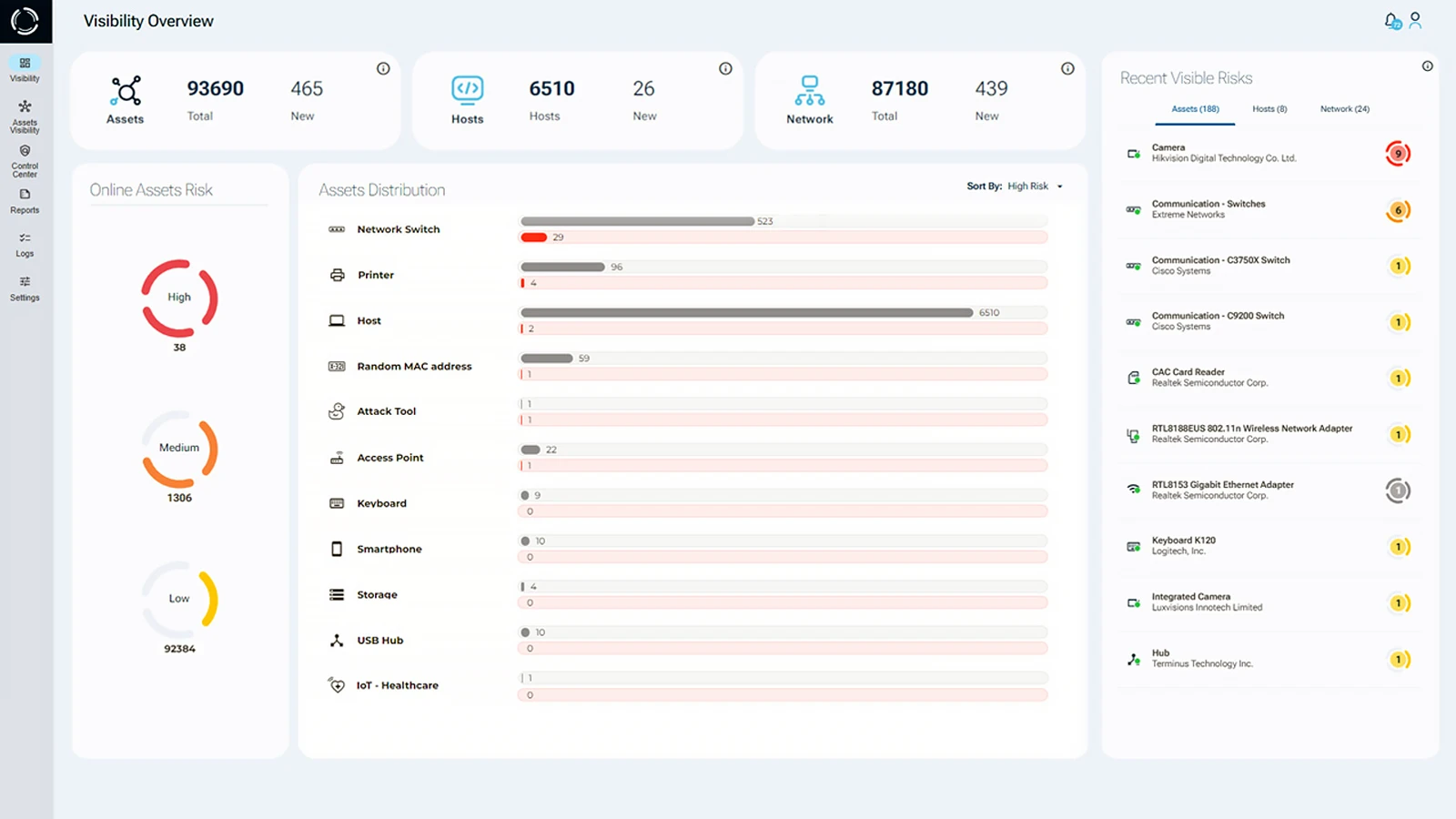
Why Sepio?
Sepio enhances data center cybersecurity by offering unmatched hardware visibility and advanced policy enforcement. Their platform provides a deep visibility layer, identifying and managing all devices to uncover hidden threats. Sepio’s unique Physical Layer Fingerprinting technology ensures automatic detection of rogue devices by matching them to known malicious devices. Additionally, machine learning analyzes device behavior, helping organizations proactively defend against evolving threats.
Experience Unmatched Data Center Cyber Security
Protect your data center with Sepio’s cutting-edge hardware visibility and rogue device mitigation solutions. Don’t leave your security to chance, take control of your IT, OT, and IoT environments today.
Schedule a Demo and see how Sepio can transform your cybersecurity strategy.
Download Data Centers White Paper (pdf)